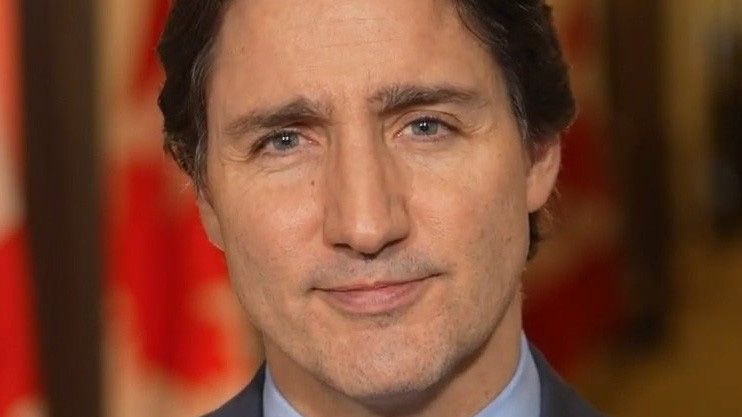DUBLIN, Sept. 15, 2022 /PRNewswire/ — The “Global Non-fungible Token Market Size, Share & Industry Trends Analysis Report By Type, By End Use, By Application, By Regional Outlook and Forecast, 2022 – 2028” report has been added to ResearchAndMarkets.com’s offering.
The Global Non-fungible Token Market size is expected to reach $97.6 billion by 2028, rising at a market growth of 31.6% CAGR during the forecast period.
Non-fungible tokens (NFTs) are blockchain-based cryptographic assets having unique metadata and identification codes that separate them from one another. They cannot be purchased or exchanged at face value, unlike cryptocurrencies. This is in contrast to fungible tokens, such as bitcoins, which are all similar and hence can be used as a medium of exchange.
Each NFT’s unique construction allows for a variety of applications. They are a great approach to digitally representing actual things, like real estate and artwork, for example. NFTs can also be utilized to eliminate intermediaries as well as link artists with audiences or for identity management asthey are based on blockchains. NFTs can eliminate intermediaries, streamline transactions, and open up new markets.
NFTs, like Bitcoin, include ownership information to facilitate identification as well as transfer between token holders. In NFTs, owners can additionally add metadata or aspects related to the asset. For example, Fairtrade tokens can be leveraged to represent coffee beans. Artists can also sign their digital artwork in the metadata with their own signature.
The ERC-721 standard gave rise to NFTs. ERC-721 defines the basic interface, such as ownership details, security, and metadata, that are required for the distribution and exchange of gaming tokens. The ERC-1155 standard expands on this notion by lowering transaction and storage costs for non-fungible tokens and combining multiple varieties of non-fungible tokens into an individual contract.
For example, Decentraland, an Ethereum-based virtual reality platform, has already implemented this notion. It may become possible to deploy the same concept of tokenized chunks of land (varying according to the value and location) in the physical world as NFTs get more complex and incorporated into the financial infrastructure.
The most widely utilized token standard for NFTs is Ethereum. To construct NFTs, the ERC-1155 and ERC-721 token specifications are commonly employed. Blockchains, such as Flow, EOS, and Tezos, in addition to Ethereum, provide token specifications for constructing NFTs.
Additionally, Ethereum’s imminent switch from proof-of-work to proof-of-stake is predicted to cut the blockchain’s energy consumption significantly. As a result, the utilization of Ethereum tokens for NFTs is projected to increase globally..
Market Growth Factors:
Generation of economic prospects
For a very long period, the primary focus of NFT experts has been on their essential characteristics. In the modern era, NFTs have a wide…
Read More: www.prnewswire.com









 Bitcoin
Bitcoin  Ethereum
Ethereum  XRP
XRP  Tether
Tether  Solana
Solana  Dogecoin
Dogecoin  USDC
USDC  Cardano
Cardano  Lido Staked Ether
Lido Staked Ether  TRON
TRON  Avalanche
Avalanche  Sui
Sui  Wrapped stETH
Wrapped stETH  Chainlink
Chainlink  Toncoin
Toncoin  Shiba Inu
Shiba Inu  Stellar
Stellar  Wrapped Bitcoin
Wrapped Bitcoin  Hedera
Hedera  Polkadot
Polkadot  WETH
WETH  Bitcoin Cash
Bitcoin Cash  Uniswap
Uniswap  Pepe
Pepe  Hyperliquid
Hyperliquid  Litecoin
Litecoin  LEO Token
LEO Token  Wrapped eETH
Wrapped eETH  NEAR Protocol
NEAR Protocol  Internet Computer
Internet Computer  Ethena USDe
Ethena USDe  USDS
USDS  Aptos
Aptos  Aave
Aave  Render
Render  Mantle
Mantle  Bittensor
Bittensor  POL (ex-MATIC)
POL (ex-MATIC)  Cronos
Cronos  Ethereum Classic
Ethereum Classic  Artificial Superintelligence Alliance
Artificial Superintelligence Alliance  Virtuals Protocol
Virtuals Protocol  WhiteBIT Coin
WhiteBIT Coin  Arbitrum
Arbitrum  MANTRA
MANTRA  Monero
Monero  Tokenize Xchange
Tokenize Xchange